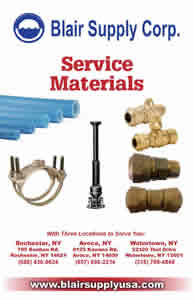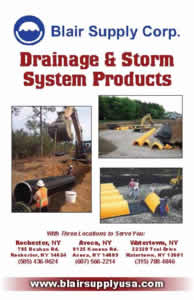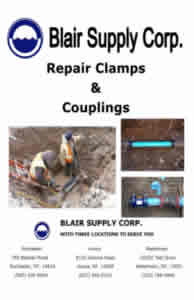Blog
Top Differences Between Bridges & Culverts
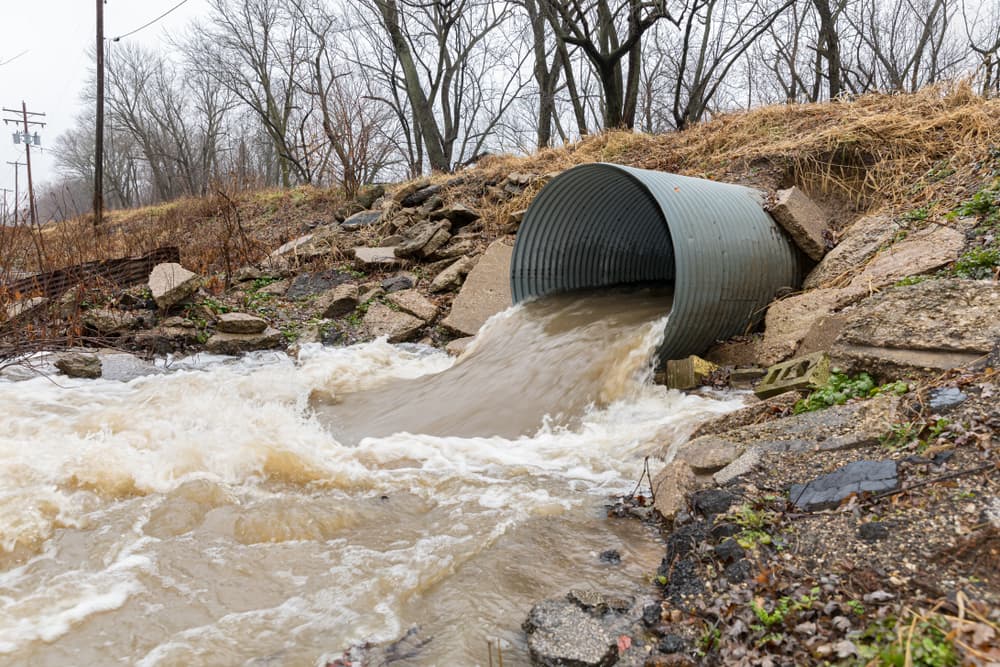
Both culverts and bridges are crucial elements of our infrastructure. While the purpose and function of bridges and culverts sometimes coincide, these are two very different structures. It’s important to take their many differences into consideration to ensure proper construction and safety.
In the following post, we’ll go over some of the main details distinguishing these two structures and show you why many municipalities and organizations in Rochester & beyond choose our dependable culvert pipes.
What are the differences between culverts and bridges?
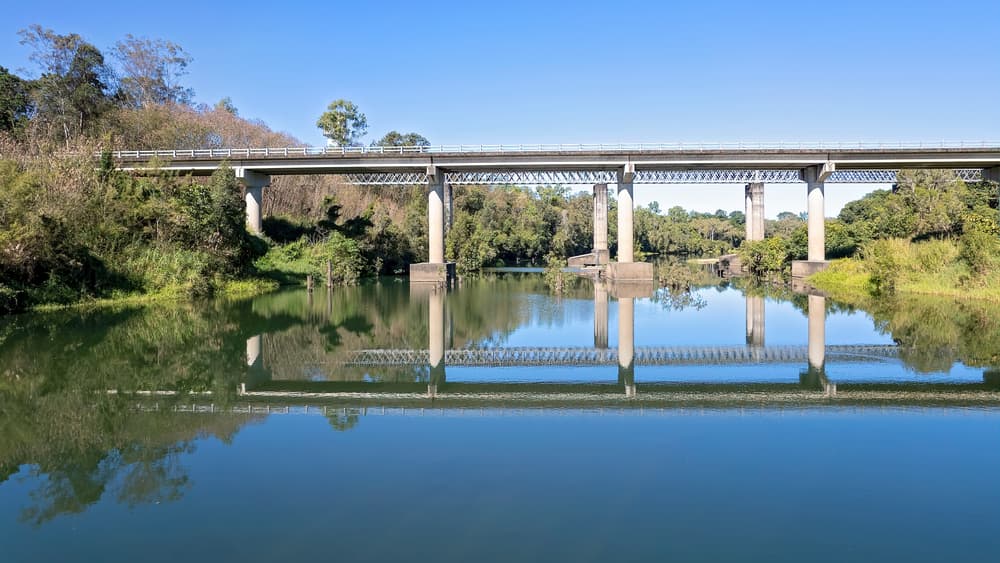
Bridges carry roads and railways over other roads, rivers, lakes, etc. As opposed to culverts, bridges don’t direct water as it passes under them.
Here are a few additional differences between bridges and culverts:
Length & height
A bridge’s minimum height is 14-16 feet, and it can span to 800 feet and more. Its length goes from 20 to 300 feet and longer. On the other hand, culverts are smaller. They are usually built at less than 20 feet over an obstruction and are also not typically longer than 20 feet.
Design & purpose
Most bridges are linear and offer a straight passage. Culverts can be semi-circular and come in various shapes, such as elliptical, rectangular, pear-shaped, etc. The design (as well as the construction) of bridges takes much more time, effort, and manpower than is the case with culverts. Bridges are larger and more complex, and they have many more components than culverts, so it’s expected that the design is typically more complicated as well.
Culverts are designed to prevent floods, erosion, and similar occurrences, while bridges provide a route of transportation that’s supposed to be easier and shorter. While many culverts also function as bridges, the same cannot be said the other way around.
Structure & building components
The basic components of a bridge are superstructure, substructure, and deck. This means that it can support load and transfer it to its other components. When it comes to culverts, their components are much simpler. They can include concrete cells or boxes, pipes, and supporting parts.
For bridges, abutments and piers support the structure, while culverts are usually embedded in the soil, so the soil bears most of the load.
The foundation is another aspect where these two structures differ. It’s of the utmost importance for a bridge to have a deep and strong foundation that can support it and its load. As for culverts, a deep foundation isn’t necessary, but they do rely on the surrounding soil for support.
Aside from the mentioned differences, there are more aspects that set culverts apart from regular bridges. You may want to learn about culverts’ impact on their surroundings or the unique inspection process that differs from that of bridges.
Where in Rochester & the area can you find quality culvert pipes?
We at Blair Supply Corp. provide dependable culverts and other water and wastewater equipment or materials. Our company boasts more than a 60-year-long service helping numerous municipalities and organizations. As the leading provider of culverts in Rochester, Watertown, and other nearby communities, we only work with the best brands and manufacturers.
Don’t hesitate to reach out to us, and we’ll gladly answer any more of your questions and supply you with culverts made with cutting-edge equipment and using durable materials. Whatever you need, Blair Supply Corp. is at your disposal.

